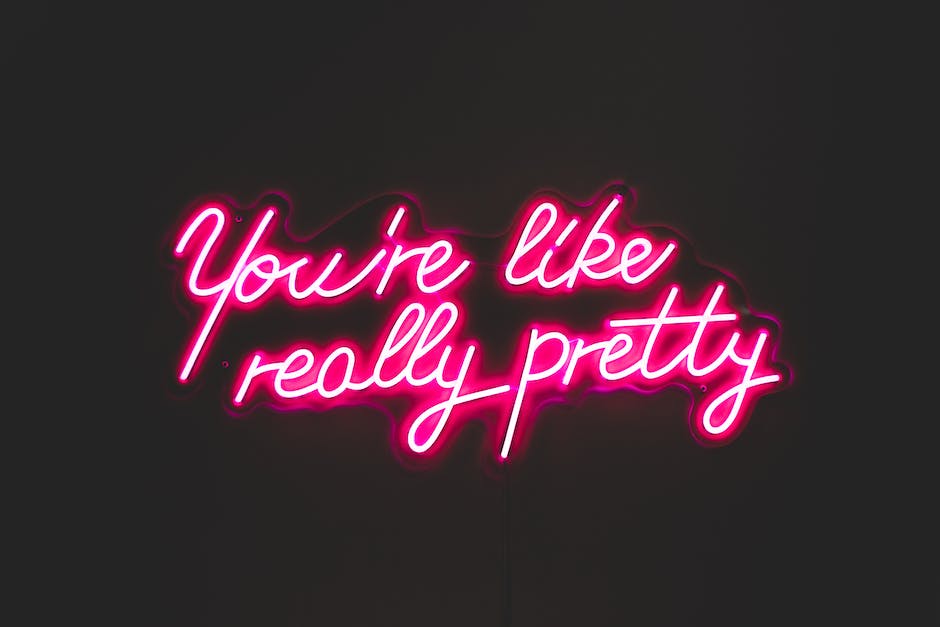The Power of Authenticity in Art
The Power of Authenticity in Art
Art has always been a medium for self-expression, a way for artists to convey their thoughts, emotions, and experiences. But what does it mean for art to be authentic? Authenticity in art refers to the genuine and true expression of the artist's unique voice and perspective. It is about creating art that is honest, sincere, and deeply personal.
Authentic art has the power to resonate with viewers on a profound level. When we encounter a piece of art that is authentic, we can feel the artist's passion and authenticity radiating from it. It speaks to us in a way that is raw and real, touching our hearts and souls. Authentic art has the ability to evoke emotions, provoke thoughts, and inspire action.
In a world where everything seems to be mass-produced and commercialized, authentic art stands out. It is a breath of fresh air amidst the sea of conformity. Authentic art challenges the status quo and pushes boundaries. It dares to be different and refuses to be confined by societal norms or expectations. It is a rebellion against the mundane and the ordinary.
Authentic art is not concerned with pleasing others or conforming to popular trends. It is about staying true to oneself and embracing one's unique vision. It requires courage and vulnerability to create art that is authentic. It means being willing to expose one's innermost thoughts and feelings to the world, without fear of judgment or rejection.
When artists create from a place of authenticity, their work becomes a reflection of their true selves. It becomes a mirror that allows us to see ourselves more clearly. Authentic art has the power to connect us with our own emotions and experiences, reminding us of our shared humanity. It has the ability to transcend cultural and societal boundaries, uniting people from different backgrounds and perspectives.
Authentic art also has the power to inspire and empower others. When we see someone expressing themselves authentically through their art, it gives us permission to do the same. It encourages us to embrace our own uniqueness and to express ourselves freely. Authentic art has the ability to ignite a spark within us, motivating us to pursue our passions and live our lives authentically.
In a world that often values conformity and superficiality, authentic art is a reminder of the beauty and power of individuality. It reminds us that we are all unique and that our voices matter. Authentic art challenges us to question the status quo and to think critically about the world around us. It encourages us to embrace our own creativity and to use it as a tool for positive change.
In conclusion, the power of authenticity in art cannot be underestimated. Authentic art has the ability to touch our hearts, provoke our thoughts, and inspire our actions. It challenges us to be true to ourselves and to embrace our own unique vision. Authentic art has the power to connect us with our own emotions and experiences, as well as with others. It has the ability to inspire and empower us to live our lives authentically. So let us celebrate and support authentic art, for it is a powerful force that can change the world.
Exploring the True Essence of Art

Exploring the True Essence of Art
Art has always been a subject of fascination and intrigue for many individuals. It is a form of expression that transcends language barriers and allows us to communicate our deepest emotions and thoughts. But what does art really mean? Is it simply a visual representation or does it hold a deeper significance? In this article, we will delve into the true essence of art and explore its various dimensions.
Art, in its simplest form, can be defined as the creation of something beautiful or meaningful. It is a medium through which artists convey their ideas, emotions, and experiences to the world. However, art is not limited to just paintings or sculptures. It can take many forms, including music, literature, dance, and even architecture. Each form of art has its own unique way of evoking emotions and provoking thought.
One of the key aspects of art is its ability to challenge our perceptions and expand our horizons. It encourages us to think beyond the ordinary and explore new possibilities. Art has the power to transport us to different worlds, both real and imaginary, and allows us to see things from a different perspective. It pushes the boundaries of our imagination and encourages us to question the status quo.
Moreover, art has the ability to evoke strong emotions within us. It has the power to make us feel joy, sadness, anger, or even confusion. Through art, we can connect with the artist on a deeper level and experience their emotions firsthand. It allows us to tap into our own emotions and reflect on our own experiences. Art has the power to heal, inspire, and transform us.
Another important aspect of art is its ability to reflect the society and culture in which it is created. Art has always been a mirror of the times, reflecting the social, political, and cultural issues of a particular era. It serves as a commentary on the world around us and can be a powerful tool for social change. Artists often use their work to raise awareness about important issues and challenge the status quo.
Furthermore, art has the power to bring people together. It has the ability to transcend boundaries and unite individuals from different backgrounds and cultures. Art exhibitions, concerts, and performances provide a platform for people to come together and appreciate the beauty and diversity of art. It fosters a sense of community and encourages dialogue and understanding.
In conclusion, art is much more than just a visual representation. It is a powerful medium of expression that has the ability to challenge, inspire, and unite us. It reflects the society and culture in which it is created and has the power to evoke strong emotions within us. Art is a universal language that transcends boundaries and allows us to connect with one another on a deeper level. So the next time you encounter a piece of art, take a moment to truly appreciate its true essence and the impact it can have on our lives.
Unveiling the Beauty Behind Art's Real Meaning
Unveiling the Beauty Behind Art's Real Meaning
Art has always been a subject of fascination and intrigue. From the earliest cave paintings to the most avant-garde installations, art has the power to captivate and inspire. But what does art really mean? Is it simply a form of self-expression, or does it hold a deeper significance? In this article, we will delve into the true meaning of art and explore its profound impact on society.
At its core, art is a means of communication. It allows artists to convey their thoughts, emotions, and experiences to an audience. Through various mediums such as painting, sculpture, and photography, artists can express their unique perspectives and challenge societal norms. Art has the ability to provoke thought, evoke emotions, and spark conversations that can lead to social change.
One of the key aspects of art is its subjective nature. Each individual interprets a piece of art differently, based on their own experiences and perspectives. This subjectivity allows art to transcend cultural and linguistic barriers, making it a universal language that can be understood by people from all walks of life. Whether it's a Renaissance masterpiece or a contemporary street mural, art has the power to connect people and bridge gaps between different communities.
Art also serves as a reflection of society. Throughout history, artists have used their work to comment on social, political, and cultural issues. From Picasso's Guernica, which depicted the horrors of war, to Banksy's thought-provoking street art, art has been a powerful tool for social commentary. By shedding light on important issues, art can raise awareness and inspire action, making it a catalyst for change.
Furthermore, art has the ability to inspire and uplift individuals. Whether it's a beautiful landscape painting or a soul-stirring piece of music, art has the power to evoke emotions and provide solace in times of distress. It can offer a sense of escapism, allowing individuals to momentarily transcend their everyday realities and immerse themselves in a world of beauty and imagination.
In addition to its emotional impact, art also has economic and cultural significance. The art industry contributes billions of dollars to the global economy, supporting artists, galleries, museums, and other related businesses. Art also plays a crucial role in preserving and celebrating cultural heritage. From ancient cave paintings to traditional folk art, art serves as a testament to the rich history and diversity of human civilization.
In conclusion, art is much more than just a form of self-expression. It is a powerful means of communication, a reflection of society, and a source of inspiration. Its subjective nature allows it to transcend barriers and connect people from different backgrounds. Art has the ability to provoke thought, evoke emotions, and inspire change. Whether it's a masterpiece hanging in a museum or a graffiti mural on a city wall, art has the power to captivate, challenge, and transform. So the next time you encounter a piece of art, take a moment to appreciate its beauty and contemplate the deeper meaning behind it.
- Tarif Internet 4G Termurah All Operator Telkomsel Indosat XL Smartfren Tri Axis - October 29, 2025
- Daftar Harga Handphone Samsung Galaxy Android Dual SIM Tahun 2016 - October 29, 2025
- Daftar Trending Topic di Akhir 2015 - October 29, 2025





